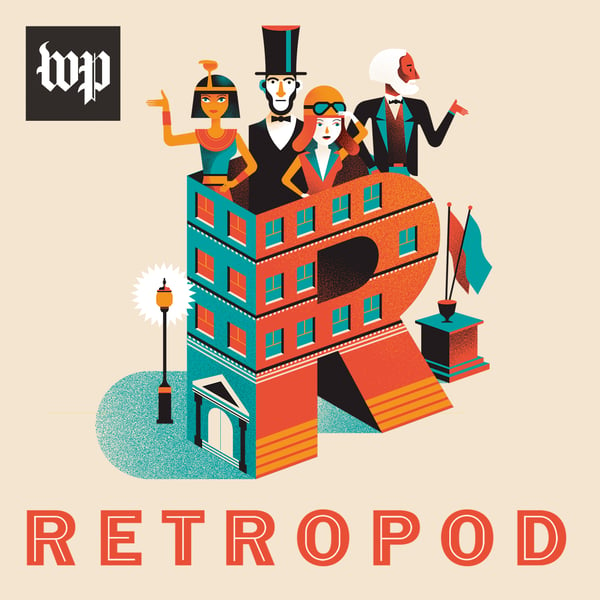Fall back, spring forward
Retropod
The Washington Post
4.5 • 670 Ratings
🗓️ 9 March 2018
⏱️ 3 minutes
🧾️ Download transcript
Summary
Transcript
Click on a timestamp to play from that location
| 0:00.0 | Hey, history lovers. I'm Mike Rosenwald with Retropod, a show about the past, rediscovered. |
| 0:06.5 | Here's a question that comes to mind twice a year when we change our clocks. |
| 0:11.2 | Why, oh, why, is daylight savings a thing? |
| 0:15.6 | Well, it's because for roughly two decades, nobody had any clue what time it was. |
| 0:22.0 | You heard that right. |
| 0:24.5 | Daylight savings laws were first passed in 1918. |
| 0:28.2 | They were intended to help people save fuel and give shoppers extra time in the light. |
| 0:33.8 | But by the end of World War II, the system was fractured and it was ultimately dismantled. |
| 0:39.3 | The result, time became essentially anything governments or businesses wanted it to be. |
| 0:47.0 | Some places observed daylight savings time. Some didn't. People would step off airplanes with no idea how to set their watches. In office buildings, |
| 0:56.9 | it could be 4 p.m. on one floor and 5 p.m. on another. An important matter for several reasons, |
| 1:02.4 | including, of course, who punched out first to get to happy hour. Left to their own devices, |
| 1:08.7 | private enterprise and local governments took to changing the time as often as they changed their socks, setting off a nationwide frenzy of time tampering. |
| 1:18.3 | Pondered this headscratcher from Michael Downing, a historian of time. |
| 1:22.9 | Quote, a short trip from Steubenville, Ohio to Moundsville, West Virginia became a symbol of the |
| 1:29.8 | deteriorating situation. A bus ride down this 35-mile stretch of highway took less than an hour, |
| 1:36.2 | but along that route, the local time changed seven times. Finally, the government got involved. |
| 1:46.0 | A committee was established. |
| 1:48.0 | It was called the Committee for Time Uniformity. |
| 1:53.5 | Congressional hearings were held. |
| 1:55.4 | Legislation was proposed. |
| 1:57.1 | Editorials were written. |
... |
Please login to see the full transcript.
Disclaimer: The podcast and artwork embedded on this page are from The Washington Post, and are the property of its owner and not affiliated with or endorsed by Tapesearch.
Generated transcripts are the property of The Washington Post and are distributed freely under the Fair Use doctrine. Transcripts generated by Tapesearch are not guaranteed to be accurate.
Copyright © Tapesearch 2025.

